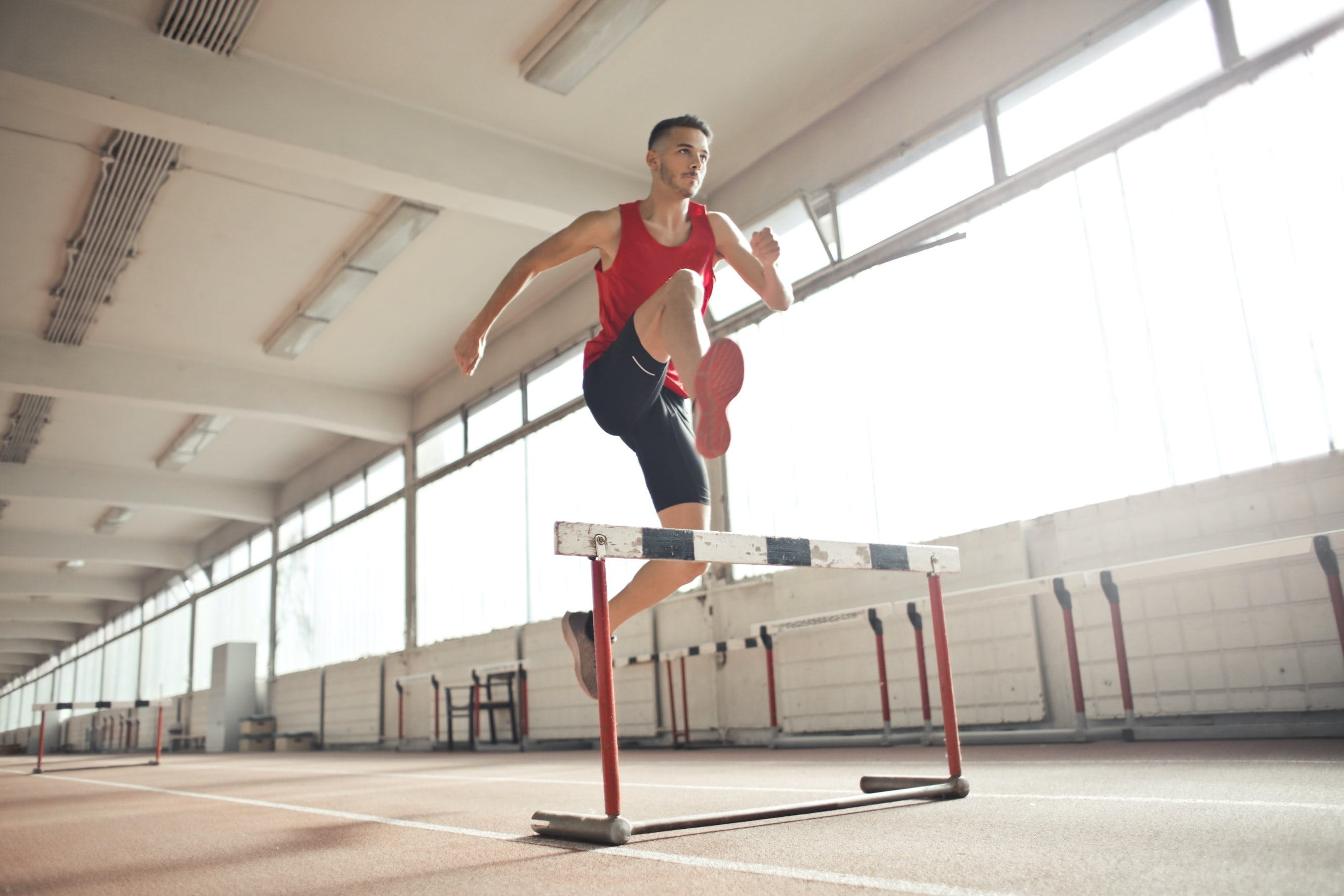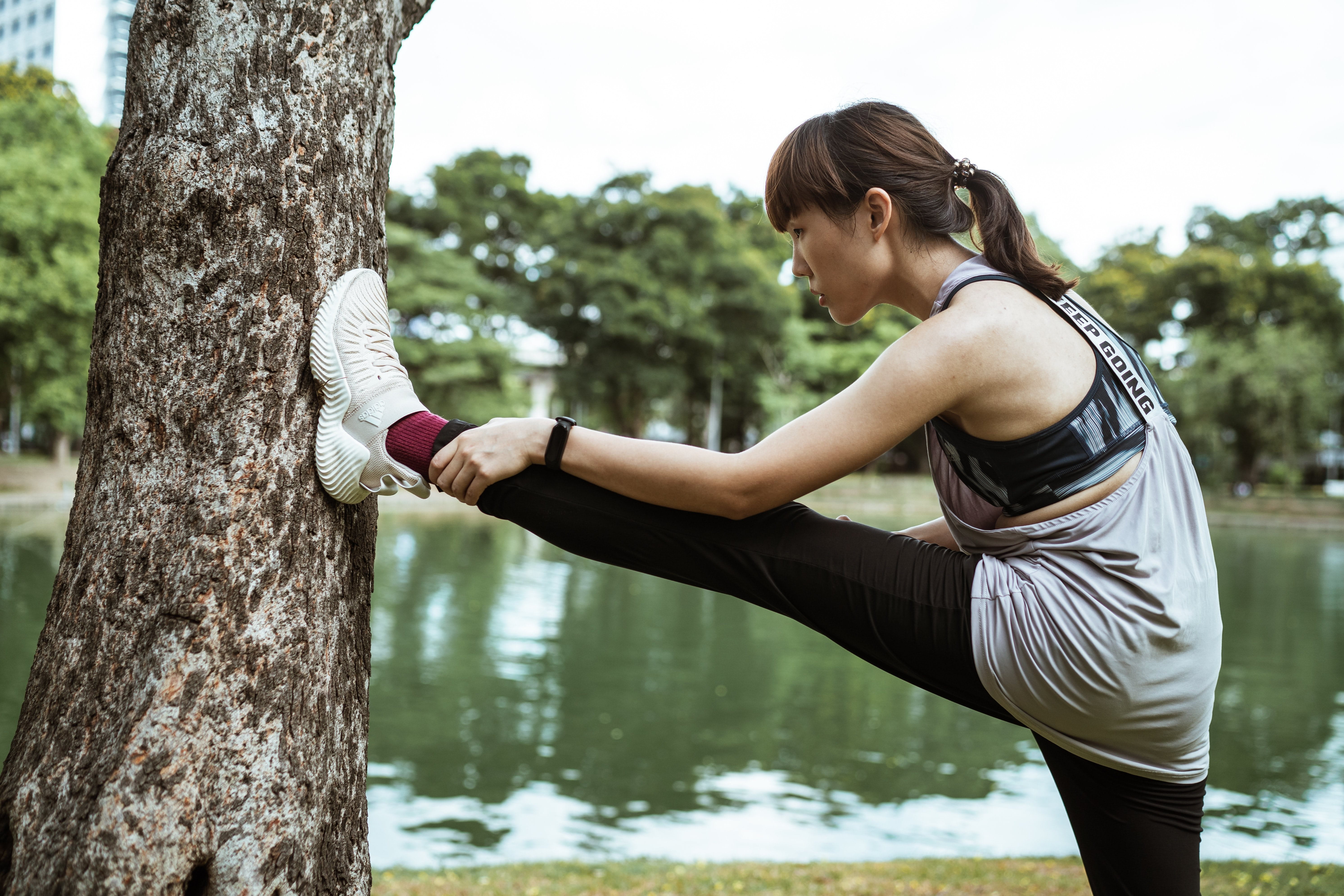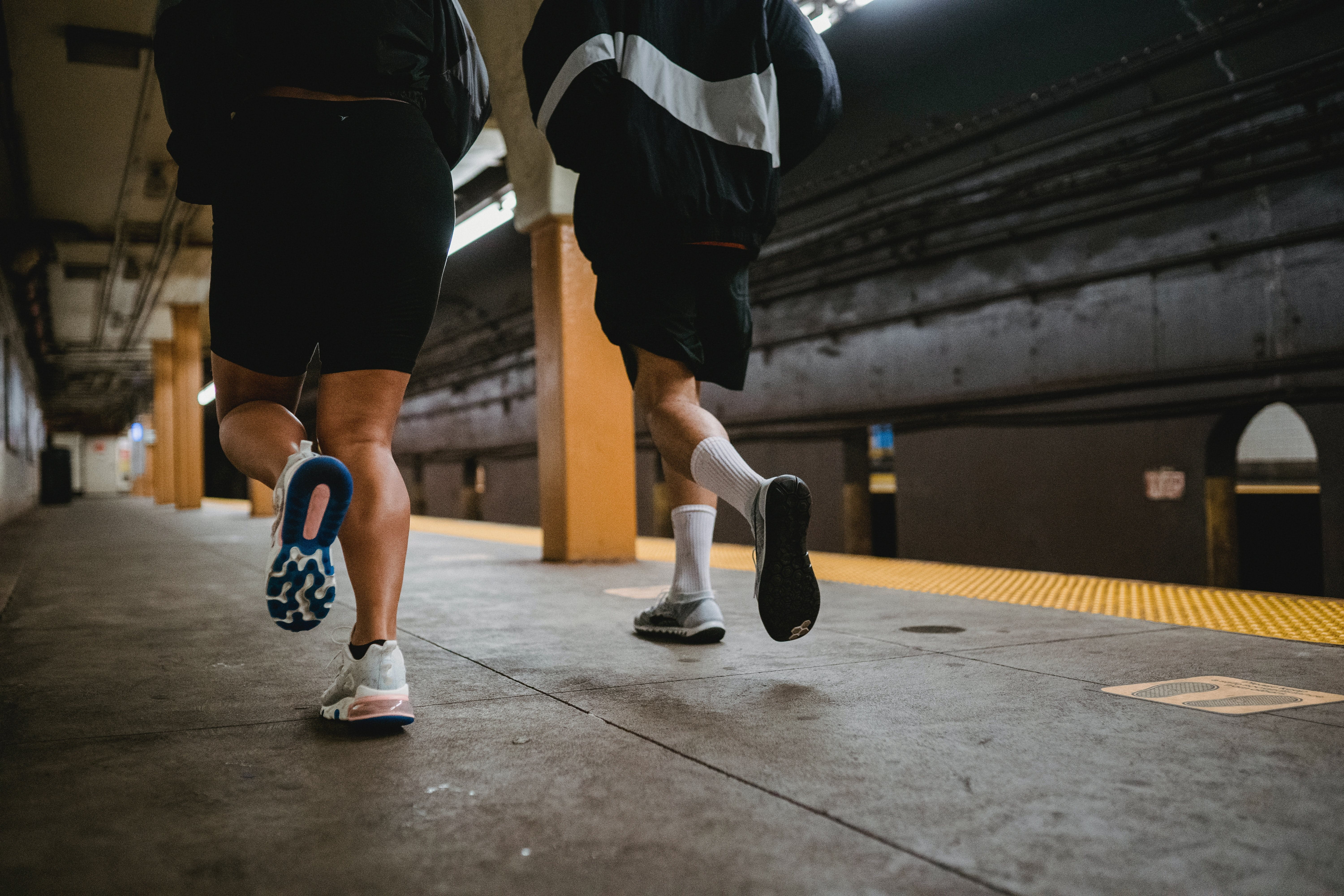Step By Step: Find Your New Routine
Getting back into running is a matter of schedule
Of course, getting back into running after a long break is not the easiest thing to do, it demands determination and consistency. It looks like a difficult task to do as you ask yourself how to start running again when you’re out of shape, but following a back in shape program is all you need.

You should ease back into running gradually – the best way is by combining walking and jogging. The idea is to get you back into running shape, which means running 5km on a regular basis in just two months.
While following the 2-month programme, it‘s easy to get impatient, but patience is the key. Don‘t try to run more, even if you feel you can. If, on the other hand, you find the programme too strenuous, just stretch it out. It’s important not to feel pressured to progress faster than you‘re able to. Repeat a week if you need to and move ahead only when you feel you‘re ready. Listen to your body and you’ll be fine.














